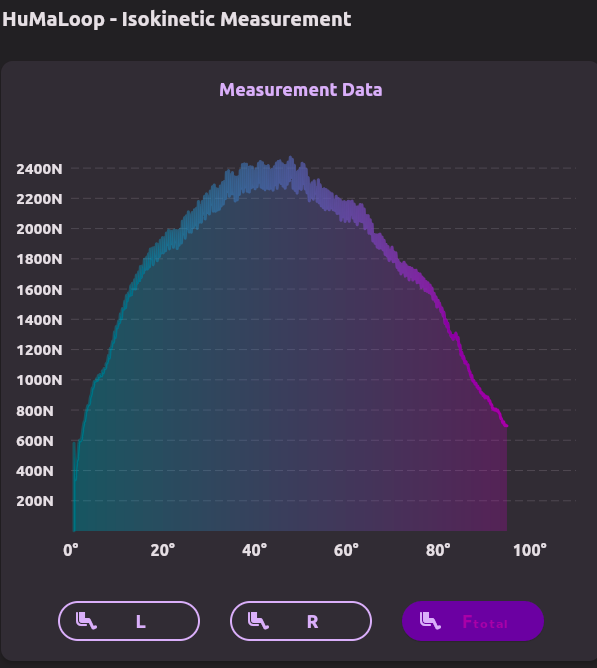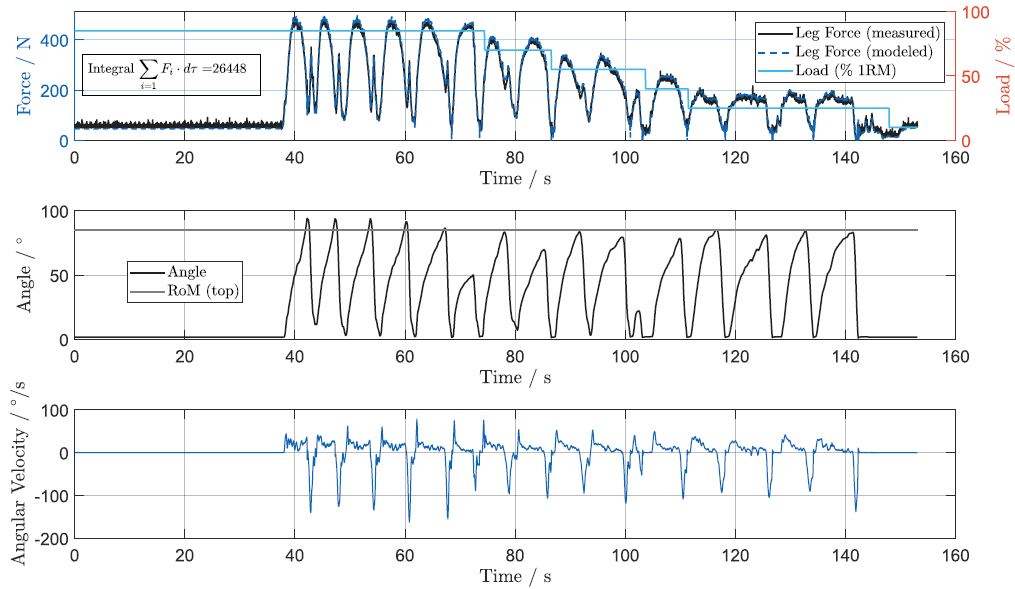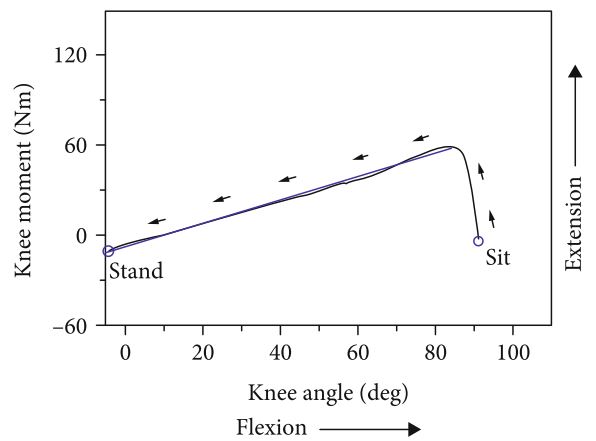Personalization of Resistance Exercise
The importance of muscle mass and strength and its associated metabolic functions in the performance of exercise and activities in daily living has never been questioned. It is the key to life.

Human aging is associated with a reduced force-generating capacity attributed to multiple changes such as the loss of muscle mass , fiber type shifting , muscle architecture and ultrastructure and neural control.
Given that skeletal muscle mass accounts for up to 40% of an individual total body mass, the loss of muscle mass and strength has a fundamental impact on health in the elderly population as it is associated with the risk of adverse outcomes such as physical disability, poor quality of life and death. Moreover, the close link between skeletal muscle mass and bone mineral density leads to bone loss when skeletal muscle mass deteriorates. Osteopenia, the loss of bone mass, together with sarcopenia present major clinical problems. The impairment of locomotory functions leads to comprised balance and increases the risk of falls promoting osteoporotic fractures. Hence, low skeletal muscle mass is a driver of public medical costs as hospitalization within this cohort has a high prevalence. In the United States alone, the total cost of hospitalizations in individuals with sarcopenia was estimated to be $40.4 billion in 2014. In Switzerland, a quarter of the most elderly were affected by sarcopenia in 2016. Hence, the maintenance of skeletal muscle mass and strength in an aging society is pivotal.
In contrast to endurance exercise, resistance exercise is associated with short duration and higher to maximal intensity contractions . Resistance exercise challenges the mechanical integrity and metabolic homeostasis of muscles. Systematically imposing mechanical and metabolic stress on the human body, known as resistance training, leads to increases in muscle mass and strength in men and women of all ages. As such, resistance exercise is the only non-pharmacological countermeasure to fight sarcopenia.
We have engineered a fully motorized leg extension machine powered by a servo motor. Additionally, force sensors have been seamlessly integrated into the system. The entirety of the systems dynamics has been implemented on a Linux-based platform.This not only allows for the assessment of biomechanical but to change system parameters (i.e. torque) in real-time. This offers the unique possibilites to develop novel and truley personlized training methods unseen on conventional resistance exercise machines.

Hypertrophy is driven by both mechanical and metabolic stress. These two stressors are negatively correlated, posing a classical optimization problem that we aim to solve within this field of research.
High external loading (i.e., > 85% intensity) recruits all muscle fibers, imposing high mechanical stress. Muscular fatigue gradually decreases muscular torque, and when it falls below the superimposed external torque, it results in muscular failure, where a given mass or resistance cannot be overcome. This is reflected within the little amount of repetitions that can be performed when lifting heavy.
Hence, in this research field, we aim to maximize the force-time integral associated with full-fiber recruitment through real-time torque adjustment, compensating for individual force loss. This involves assessing the potential of model-based control and machine learning methods, particularly in the implementation of intricate models. Alongside dynamic programming, the tasks encompass a comprehensive evaluation and exploration of measurements to leverage the unique advantages of different methods, all with the ultimate goal of attaining the global optimum.
To address these challenges, preliminary data was collected, warranting further investigation. A successful implementation requires the simultaneous consideration of multiple fatigue indicators. It is also conceivable that the problem can be solved with machine learning. However, this requires larger data sets.
From a technical standpoint, the system dynamics and control have been modeled and coded in Python on a Linux-based system. The resistance exercise machine is equipped with a touchscreen featuring a fully operational user interface, allowing control over all existing assessment and training protocols. Following the successful implementation of this novel training algorithm, there is a need to extend the capabilities of this user interface.

The quality of life in the elderly is closely linked to the functionality of their muscles. The ability to perform essential daily activities, such as rising from a chair or climbing stairs, hinges on the strength of muscles. These muscle functions are pivotal for maintaining independence and autonomy in everyday life. The capacity to engage in these activities without assistance not only contributes to physical well-being but also enhances the overall quality of life for older individuals. Therefore, preserving and enhancing muscle function becomes a critical aspect of promoting a high quality of life in the elderly, enabling them to navigate daily challenges with confidence and independence.
In this research field, our objective is to develop training methods that enhance the performance of specific daily activities, such as stair climbing, sit-to-stand from a chair, etc. To tackle this challenge, we aim to implement specific torque-angle relationships tailored for the daily activities of the elderly. Additionally, we are interested in exploring the possibility of introducing perturbations into these methods to prepare the neuromuscular system for fall prevention.
Exergaming, a portmanteau of exercise and gaming, is characterized as the combination of physical exercise and cognitive stimulation within a virtual environment. The gamification of exercise holds the potential to enhance motivation and engagement in physical activity.
This research field aims to incorporate exergames as a motivational strategy to enhance adherence to resistance exercise, with a focus on creating exergames targeting the elderly. The goal is to increase training volume through motivational cues.
Furthermore, exergames can be employed in a sports-specific context. For instance, the pre-season preparation for skiing could be significantly enhanced through the use of exergames. Our aim is to implement a realistic training program specifically modeled after alpine skiing. The goal is to introduce multiple alpine skiing downhill slopes in a point-of-view mode, encouraging users to isometrically train their quadriceps muscles at typical downhill skiing muscle lengths, including simulating perturbations.
From a technical standpoint, this involves synchronizing a video or simulation with the resistance exercise. A realistic exergame includes torque-specificity at different knee angles in tandem with the video or simulation. Meeting these requirements necessitates careful modeling and control of system dynamics.
Contact
ETH Zurich
Institute for Systems Dynamic and Control
ML J44.4
Sonneggstrasse 3
8092
Zurich
Switzerland
